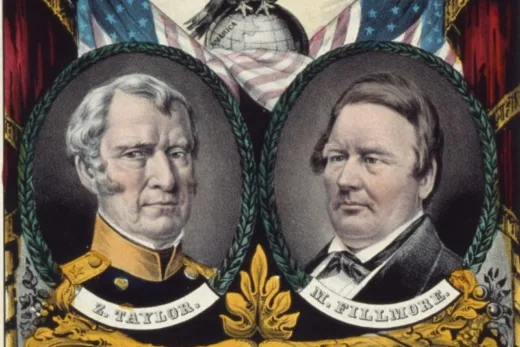ARPANET was an experimental computer network that was the forerunner of the Internet.
The Advanced Research Projects Agency (ARPA), an arm of the U.S. Defense Department, funded the development of ARPANET. Its initial purpose was to link computers at Pentagon-funded research institutions over telephone lines.
At the height of the Cold War, military commanders sought a computer communications system that was not controlled by a primary controller. With no “master controller,” the entire network could not be eliminated by a single attack.
The first node of ARPANET was established at the University of California, Los Angeles (UCLA) in 1969. By 1971, the network accommodated 15 nodes.
ARPANET became fully operational in 1975.
ARPANET was decommissioned in 1989.
The Beginnings
The concept of ARPANET was a by-product of the air defense system called SAGE (Semi-Automatic Ground Environment).
https://hdingles.com/what-was-the-sage-system/
Packet Switching
The Problem
At the time, telephone lines were used for data transmission. The system worked quite well for voice but not quite so well for data.
In the 1960s and into the ‘70s, the data transmission speeds over telephone lines was so slow that it is probably impossible for those of this day to imagine.
Depending on the telephone network, the speeds were from 300 to 4800 bits per second. (There may have been slightly higher speeds, I just can’t remember that far back.)
In the late 1970s, data transmission speed on some lines increased to 19.2K bits per second. If you were writing communications code in those days, 19.2K was a bloody marvel.
Line Hits
And there was another problem, which was called “line hits,” which was data lost because of noise on the line. The longer a string of data, the higher probability of a line hit.
Think for a minute about line hits. A slight disruption of audio for a split-second may not even be noticed by a telephone listener. On the other hand, drop a few “1s” in a data transmission and the result is garbage, which meant the entire message required retransmission.
And keep in mind that a 300 bit message required one second on a 300 bit per second connection. At the time, 300 bit per second lines were not prevalent, but even a 4800 bit per second connection would require one-sixteenth of a second. And that’s a long time compared with today’s nanoseconds.
If you had a personal computer which required a dialup connection, remember how long it took to download something?
The Solution
Message packets, a packet being a small and independent portion of a larger message. In other words, if there were a line hit on a packet, only that packet need be retransmitted.
Also, using packets, meant that portions of multiple messages could be sent in one transmission, with each packet having the address of its destination. At the destination, received packets would be reassembled to construct the original message.
There was also a resource advantage. Senders of long messages could not “hog” the transmission system.
A Note of Interest
I spent a large portion of my career with IBM designing and developing communications software. I would reckon that only about 10% of any given communications package dealt with actual data transmission. The other 90% dealt with error recovery.
And, yes, I designed and developed software when the transmission lines were 300 to 4800 bits per second.
Other Innovations
Host-to-host communication
ARPANET was the first network to allow direct communication between computers, which does not require all traffic to pass through a central hub.
End-to-end principle
ARPANET was designed to be a simple and robust system, with most of the intelligence and complexity located in the individual computers.
Protocol layering
ARPANET was the first network to use a layered protocol stack. That is, each layer is responsible for a different function on a start-point to end-point transmission. It’s like this, it is not just getting a message from one computer to another. It is getting a message from one application program to another.
TCP/IP protocol suite
ARPANET was the first network to use the TCP/IP protocol suite, which is a standard of internet communication today.





